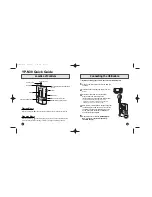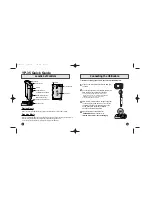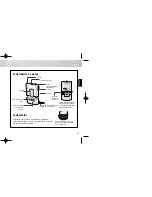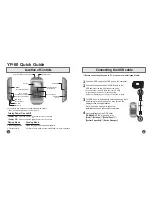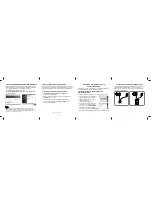
n
MULTITRACK RECORDING
PLAN YOUR RECORDING
RECORDING THE DRUMS
A clear plan is essential before you begin multitrack
recording. If you begin cold, without regard to all the
steps involved, you may “record yourself into a corner”
by running out of available empty tracks, missing the
chance to add effects at the proper points, losing con-
trol over the final stereo positioning of the instruments,
and creating the need for more ping-pong and mixdown
recording operations than really necessary. Although you
can perform ping-pong and mixdown operations without
limit, a certain amount of noise and sound degradation
results during these operations. It’s best to hold ping-
ponging down to 1 or 2 operations in order to achieve
good sound quality.
So before you start, plan your recording carefully — what
order the parts will be recorded in, what instruments will
go on which tracks, how and when effects will be used,
when recorded tracks will be ping-ponged, and what sort
of end result is desired. The recording process of the ex-
ample we will explain in this section is illustrated on page
16.
The drums will be recorded on track 1. In recent years,
drum machines and rhythm machines have made an
appearance, with Yamaha coming out with the high-
performance RX-series.
In this example we’ll use an RX-series Digital Rhythm pro-
grammer to record a high-quality drum track. The “L” and
“R” stereo outputs from the rhythm programmer are fed
to input channels 1 and 2 of the MT2X, and these are
mixed down onto track 1 of the tape.
The Yamaha SPX90 Multi-effect processor is an ideal
way to add live-sounding reverb to the drums. The
SPX90 is connected between the MT2X AUX SEND and
stereo AUX RTN jacks.
— Signal route when recording drums —
Input signal
Effect signal
Recording signal
Signal displayed by the meter
Monitor signal
Output
L
q
Output R
AUX RTN
17
17
Effect
O U T 1 - 1
I N
Meter 1
1
ST OUT

































